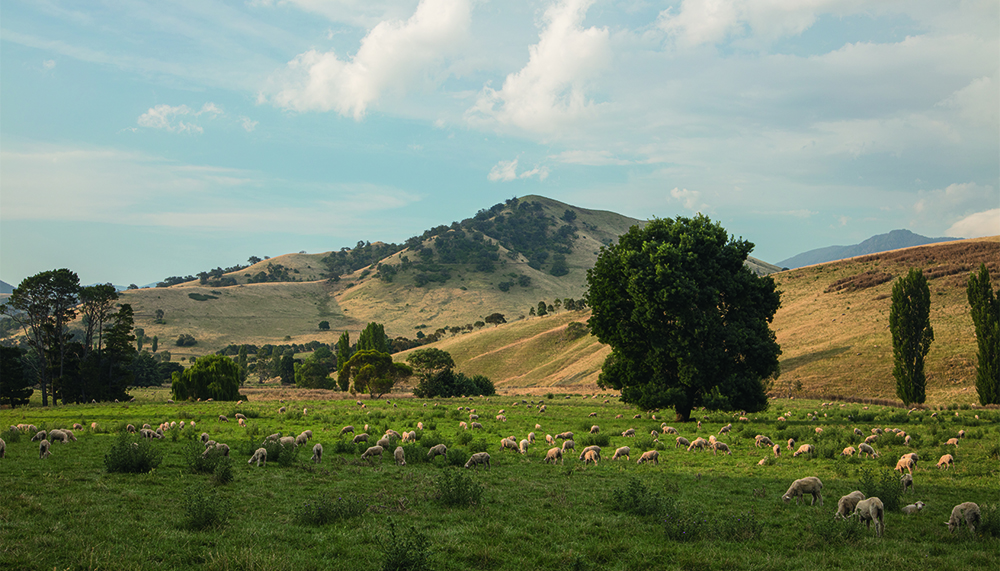Sisters Penny Barry and Sally Meggitt steer one of Victoria’s oldest stations, Bindi, towards a bright future, with an eye on its heritage-rich past.
Story Sue Smethurst Photos Neil Newitt
It’s 7am on a hot, midsummer’s day and Victoria’s Great Alpine Road is shrouded in fog. Around every corner of the snaking road, the haze randomly lifts and lowers, proving the main artery to the high country is as picturesque and unpredictable as the landscape surrounding it.
Penny Barry and her sister Sally ‘Tig’ Meggitt are only too aware of this area’s fickle nature, as Bindi station emerges through the haze, bathed in brilliant sunshine. “Last year it was snowing in November, and we were shearing in the snow,’’ Penny says. “A few weeks later the creeks were in flood. All that snow had to go somewhere.” The flood line is still clearly visible from the swollen headwaters of the Tambo River, which meets Bindi Creek just beyond the homestead garden.
Bindi station is located between Swifts Creek and Omeo in East Gippsland on the traditional lands of the Gunaikurnai peoples, 385km from Melbourne, with the surrounding pastoral holdings spread across the Great Dividing Range, stretching from the outskirts of Benambra, near the border of Victoria and NSW, beyond Ensay and Reedy Creek more than an hour’s drive south.
The station covers a patchwork topography of thickly forested mountains, unforgiving escarpments, river plains and rolling grasslands ranging between 500m and 1000m above sea level, and even at its highest peak Mt Simpson, it’s impossible to see Bindi in its entirety.
Today, a new chapter is being written on Bindi station, circa 1835, one of Victoria’s oldest and most historically significant properties.
This story excerpt is from Issue #148
Outback Magazine: April/May 2023










